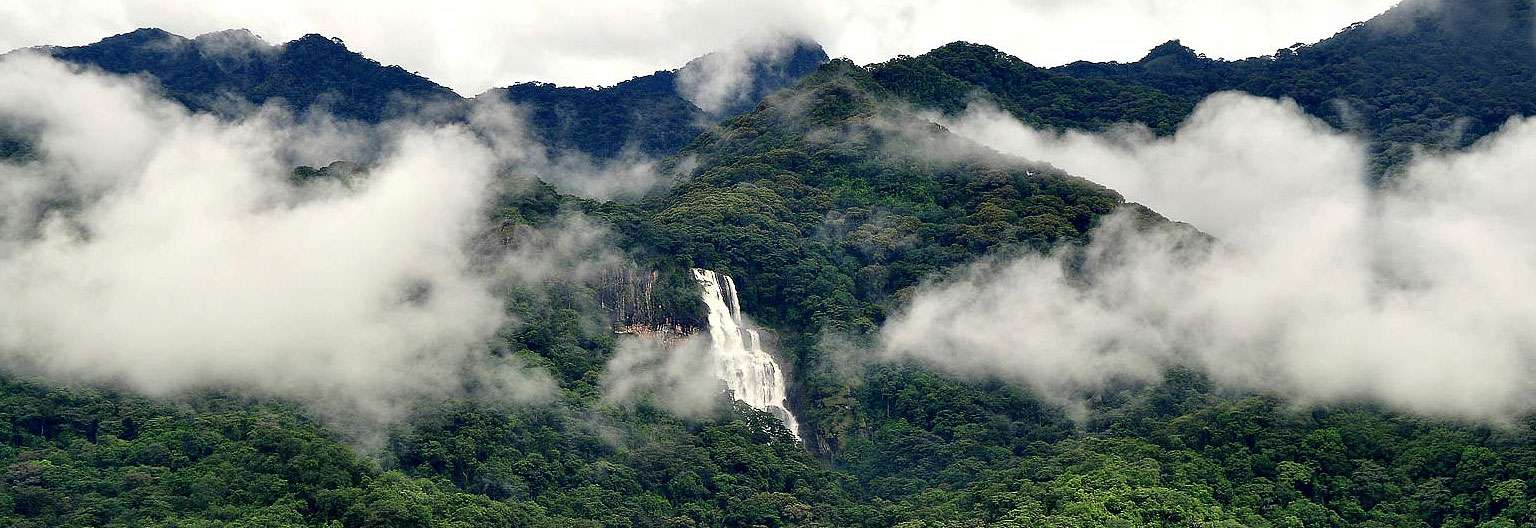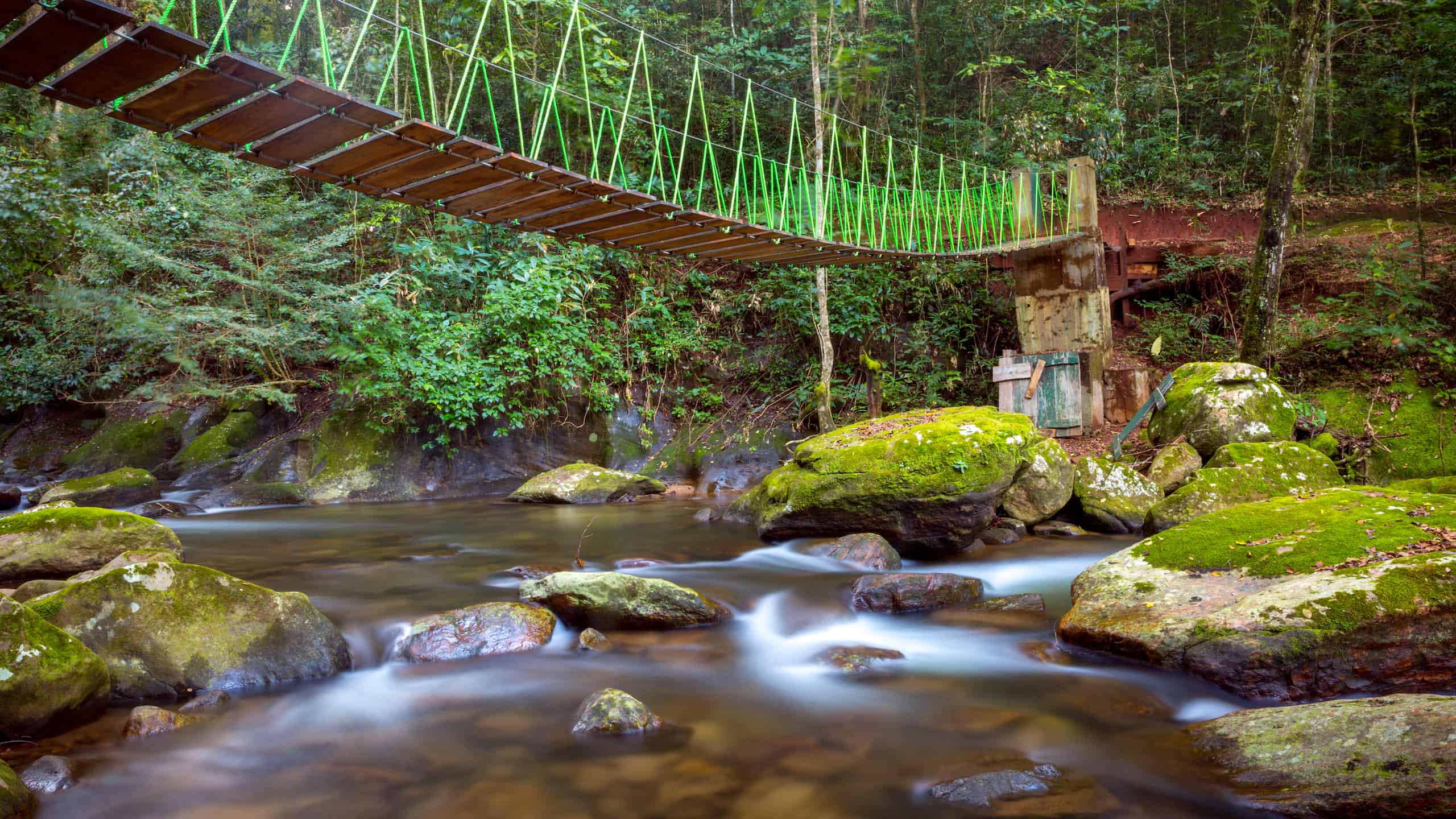The Udzungwa Mountains National Park is a protected area located in the southeastern part of Tanzania, near the border with Mozambique. It is part of the Eastern Arc Mountains, a range known for its rich biodiversity and high levels of endemism, meaning that many species found here are not found anywhere else in the world. This makes the Udzungwa Mountains National Park a key area for conservation and scientific research.
1. Geography and Landscape
The park covers an area of approximately 1,990 square kilometers and is characterized by a diverse range of ecosystems, from lowland tropical forests to montane forests and grasslands at higher altitudes. The park’s landscape is dominated by rugged mountain terrain, deep valleys, waterfalls, and streams. The highest peak in the park is Mount Luhombero, which rises to 2,576 meters (8,415 feet) above sea level.
Key features include:
- Mountains and escarpments: The Udzungwa Mountains rise steeply from the surrounding plains, creating dramatic views and providing a variety of ecological zones.
- Waterfalls: The park is home to several stunning waterfalls, including the Sanje Waterfalls, which is one of the park’s most famous landmarks, with a drop of over 100 meters.
- Rivers and streams: The region is rich in freshwater systems, which contribute to the region’s biodiversity.
2. Biodiversity
Udzungwa is known for its exceptional biodiversity, with a vast number of plant and animal species. The park is recognized as one of the World Heritage Sites of Tanzania and is home to:
- Endemic species: The park has a high number of endemic species, meaning they are found only in this region. Among the most famous are the Udzungwa red colobus monkey (Piliocolobus gordonorum) and the Iringa red baboon (Papio ursinus*). There are also endemic species of birds, amphibians, and plants.
- Primates: The park is home to several primate species, including the endangered Udzungwa red colobus and sanje mangabey.
- Birdlife: Bird enthusiasts flock to Udzungwa for its rare and endemic bird species, including the Udzungwa forest partridge and the White-starred robin.
- Flora: The forests of Udzungwa are home to numerous species of plants, many of which are unique to the area. The park has been recognized for its botanical richness, with species of trees, shrubs, and medicinal plants that are of significant scientific interest.
3. Ecological Zones
The Udzungwa Mountains National Park contains a variety of ecological zones, each hosting distinct plant and animal communities:
- Lowland forests: Found at lower altitudes, these forests are characterized by dense tropical vegetation and are home to many bird species.
- Montane forests: As the altitude increases, the forest changes, with more cloud forest species. The montane forests are cooler and more humid.
- Savannah and grassland: At the higher altitudes and along the escarpment, there are areas of grasslands, home to a different set of species, particularly birds and insects.
4. Conservation Importance
Udzungwa is recognized as one of the world’s biodiversity hotspots. It plays a critical role in global conservation efforts due to its high levels of endemism and the rarity of the species found within the park. Many of the species here are endangered and rely on this park for their survival.
In addition to its biological richness, Udzungwa helps protect the water catchment areas that provide vital resources to surrounding communities. It also has a role in climate regulation, as its forests contribute to carbon sequestration.
5. Tourism and Activities
The Udzungwa Mountains National Park is becoming an increasingly popular destination for eco-tourism. Activities in the park include:
- Hiking and trekking: The park offers a range of hiking trails of varying difficulty levels, including the trail to the Sanje Waterfalls, which is the most popular trek. The park has an extensive network of trails, many of which offer breathtaking views.
- Birdwatching: With its rich birdlife, Udzungwa is a paradise for birdwatchers.
- Wildlife viewing: Although the park is not as famous for large game viewing as some of Tanzania’s other national parks, visitors can encounter primates, elephants, and a variety of other animals.
- Cultural experiences: Local communities, including the Wapogoro people, live in the surrounding areas, and some visitors take part in cultural tours to learn about the traditional way of life.
6. Challenges
Despite its ecological significance, Udzungwa faces several challenges:
- Deforestation: Illegal logging and agricultural encroachment remain significant threats to the park’s biodiversity.
- Poaching: Though less widespread compared to other parks, poaching for bushmeat and other resources can still be an issue.
- Climate change: Changes in temperature and rainfall patterns due to climate change can impact the ecosystems in the park, especially those at higher altitudes.
- Limited infrastructure: While tourism is growing, the park’s infrastructure, including roads, accommodation, and signage, is still developing.
7. How to Get There
Udzungwa Mountains National Park is located about 300 kilometers south of Dar es Salaam, Tanzania’s largest city. The park is accessible by road, and the nearest town is Mihumo, where visitors can find accommodation and park services. It can also be reached by taking a bus from Dar es Salaam to Iringa or Mikumi, followed by a smaller vehicle to the park’s entrance.
8. Conservation Efforts
Various conservation organizations and Tanzania’s government have been working to protect Udzungwa. The Udzungwa Mountains Conservation Program (UMCP) works on habitat restoration, community education, and sustainable resource management. Several NGOs and international organizations also provide support for anti-poaching and biodiversity research in the region.
Conclusion
Udzungwa Mountains National Park is a biological treasure trove, offering stunning landscapes and a remarkable variety of wildlife. Its unique combination of mountains, forests, and ecosystems makes it an essential site for biodiversity conservation in Tanzania. As tourism grows and conservation efforts continue, the park is expected to play an increasingly important role in preserving Africa’s natural heritage.






